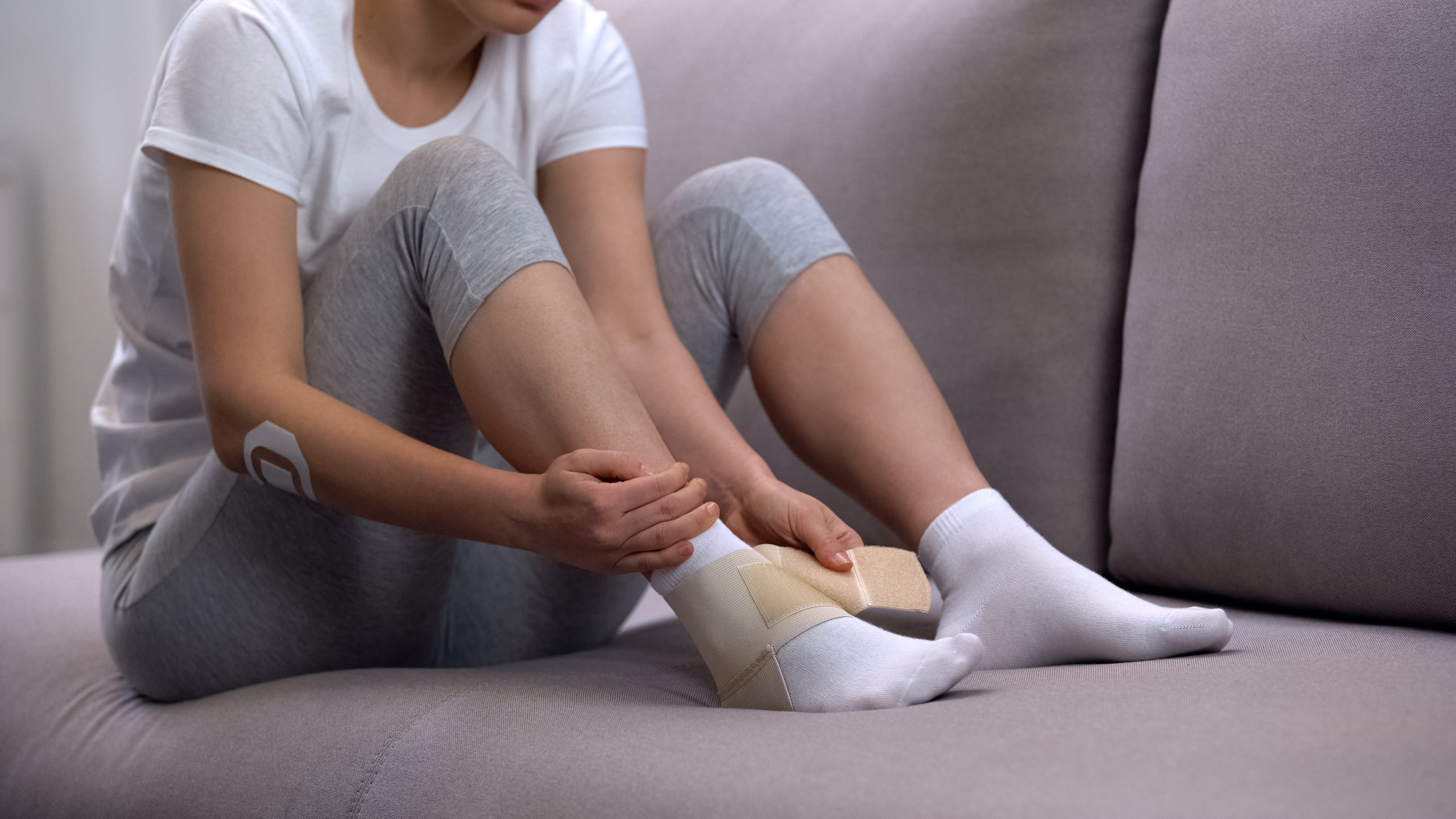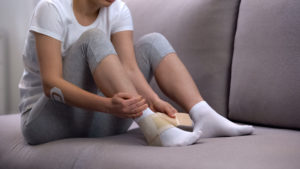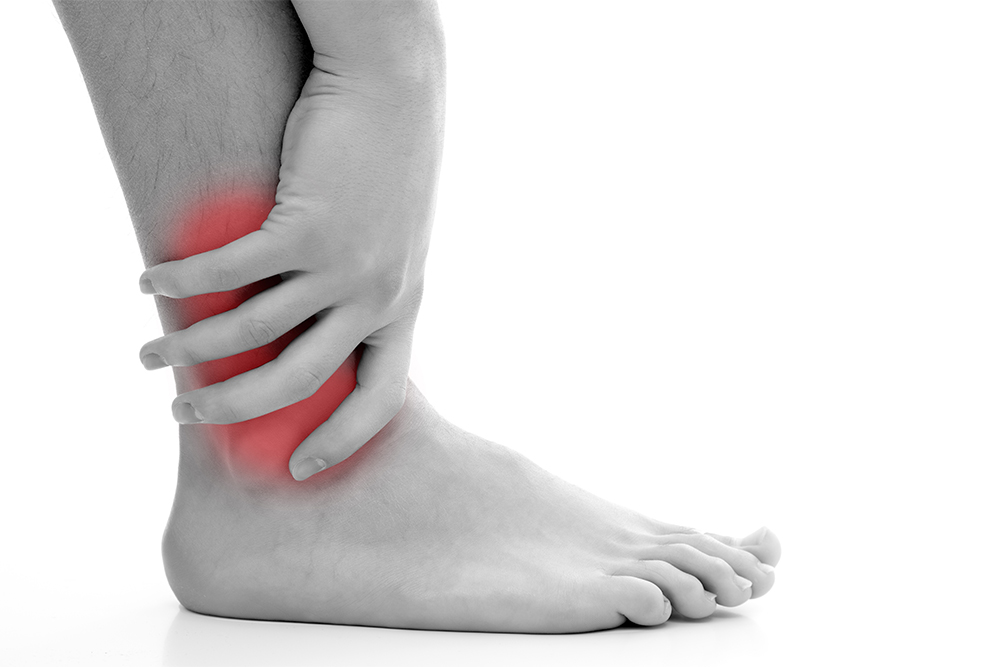

If you’re experiencing pain at one of the joints in your lower limbs like your ankle, or between two bones, particularly when you perform a certain movement like pointing your foot upwards or downwards, impingement is a possible cause of the problem.
Impingement is a general term meaning to encroach on or limit something – and in podiatry, when there are limitations on a structure or tissue in the lower limbs, it means more pressure on it and hence the start of painful or uncomfortable symptoms.
What causes an impingement – and what does it feel like?
Taking the ankle as a common example, imagine you have a muscle, tissue, extra bone or nerve at the front of your ankle. When you point your toes towards the sky, you are decreasing the space available at the front of the ankle. If you point your toes naturally and mildly, you likely won’t experience anything out of the ordinary.
However, if you repetitively and excessively put your ankle in this position, like during a sports game that requires you to repetitively push off the ground, this may irritate or damage one or more of the structures at the front of the ankle, and symptoms may begin which will need care to properly heal and repair. It may also be a sudden, abrupt one-off movement that sets the impingement symptoms off, like tripping forwards with your foot planted firmly on the ground during running. Your symptoms may also appear following a fracture or other injury that results in swelling in the area, and the swelling causes compression on the surrounding structures.
Symptoms
The symptoms will depend very much on which structure has been injured. If it is a muscle or a tendon, you’ll likely feel pain, tenderness, swelling – and as the swelling develops, movement in that area is likely to become limited and painful, which often makes walking difficult (depending on where the injury has occurred).
If it is a nerve that has become compressed, you’ll likely feel some neural symptoms including burning, numbness, tingling, pins and needles and pain or tenderness. It may also be multiple structures that are injured and you may experience a variety of symptoms.
Common impingements in the lower limbs that we see and treat include:
- Anterior ankle impingement, which stresses the structures at the front of the ankle like the articular cartilage
- Posterior ankle impingement (Os Trigonum Syndrome)
- Tarsal tunnel syndrome
- Medial ankle impingement
- Lateral ankle impingement
- Peroneal nerve impingement at the back of the knee
- Interdigital nerve impingement between the metatarsal heads, which with swelling and irritation may turn into a Morton’s neuroma
- Impingement of accessory bones around the foot
- Impingement of unexpected structures like ganglion cysts
You may also experience a sciatic nerve impingement by your hip, and a variety of impingement syndromes in the upper body and limbs.
Treating lower limb impingements
Due to the nature of impingements and their similarity in symptoms to tendinopathies, arthritis, fractures and other conditions, the first step to effectively treating and managing an impingement is to have a confirmed and accurate diagnosis from your podiatrist.
Next, the focus is on reducing your painful symptoms. Often, this involves preventing the ongoing compression and pressure on the damaged structures, particularly where swelling is present. This can be done effectively using custom foot orthotics, braces or splints, footwear modifications, pads, strapping and more. Any swelling can be managed using ice, elevation, compression, rest and off-loading and non-steroidal anti-inflammatory medications (NSAIDs). As symptoms can vary greatly depending on the nature of your impingement, it’s important to not guess at what will help you get results but to have a tailored treatment plan created by your podiatrist. This will help you attain superior outcomes in an optimal timeframe.
Finally, there must be a long-term strategy to reduce the likelihood of your pain and problems from returning in the future. If your regular sport has been the cause of your impingement, without any changes, it is highly likely that the pain will return. Here at My FootDr, our goal is to help you stay pain-free and enjoying the activities you love without pain or discomfort. Your podiatrist will discuss your long-term options with you at your appointment based on the nature of your injury, your symptoms, your regular activities and your medical history.



